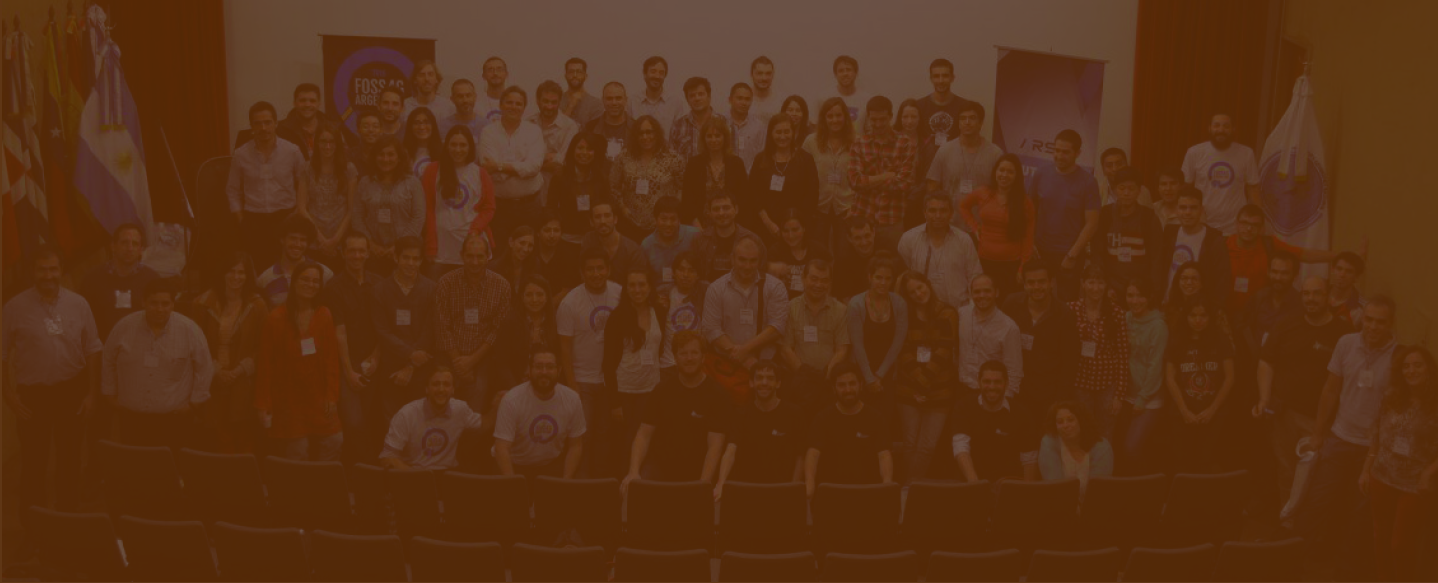2021-09-28, 14:00–18:00, Juana Azurduy
Have you ever struggled with large amounts of geospatial data, huge volumes of files and many custom formats? Have you spent hours — even days — converting disparate formats and wondering how to combine data from different sources? Then this workshop is for you!
The solution? Forget about files, focus on arrays. With multi-dimensional arrays you can model any data type. The open-source TileDB storage engine uses arrays to store all data, with support for both sparse and dense datasets, a range of indexing options, and an analysis-ready format designed for cloud object storage. Come along to this workshop to learn how to get started with TileDB from practical examples using geospatial data.
Don't forget to register before we run out of tickets!
Working with various data formats spread across many locations is very time consuming. Slicing is difficult when you are forced to download larger chunks than necessary to answer queries. Metadata is hard to manage when it is split across thousands of files.
Why TileDB for geospatial?
When all your data uses the same data model it becomes a lot easier to work with. TileDB supports geospatial data in a unified way (dense and sparse multi-dimensional arrays, as well as dataframes). As an open-source, embedded C++ library and powerful array format, TileDB has numerous APIs and integrates well with compute and visualization tools. Large datasets can be stored on multiple backends ranging from a local filesystem to cloud storage providers such as Amazon S3. This makes TileDB a natural fit for geospatial datasets.
TileDB has integrations with many tools that already exist within Python, such as Dask, xarray and Pandas, as well as with geospatial-specific frameworks, such as Rasterio, Python-PDAL, GeoPandas and our own open-source library for NetCDF and HDF-like data: TileDB-CF-Py.
The workshop
In this workshop we will explore how to efficiently work with large dense and sparse arrays. We will explore some of the key features of the underlying TileDB library: parallelized read and write operations, multiple compression formats, time traveling (i.e., the ability to recover data stored at previous timepoints), and flexible encryption.
Several examples will be provided, and you will have an opportunity to follow along on your laptop. All material and instructions will be available as Jupyter Python notebooks in a GitHub repo. You will learn how to work with dense arrays (satellite images, weather maps, time series) and sparse arrays (point clouds such as LiDAR and SONAR data). We will show the following capabilities:
- Creating, storing and slicing arrays
- Querying arrays with SQL and Pandas
- Combining data from different types of arrays
- Ingesting trillions of LiDAR points in minutes
- Data versioning on specific array tiles
- Building reproducible delayed data pipelines
Norman Barker, Julia Dark
TileDB Inc.
2 - Basic. General basic knowledge is required.
Requirements for the Attendees –All examples can use either TileDB Embedded or TileDB Cloud. TileDB Embedded is the open-source embedded library and array format (https://github.com/TileDB-Inc/TileDB). TileDB Cloud (https://cloud.tiledb.com/auth/signup) is SaaS built on TileDB Embedded and adds extra features for data governance and infrastructure automation.
Attendees using TileDB Embedded will configure their own Python environments on their local machines. Free credits will be provided to attendees who choose to use TileDB Cloud, which comes with Jupyter Lab environments preloaded with popular geospatial packages. Attendees using TileDB Cloud will also be able to share data with each other within the workshop without setting up AWS IAM roles, and they will be able to process distributed computations without configuring large clusters.
However you prefer to work, we will be available to help you through the examples!

